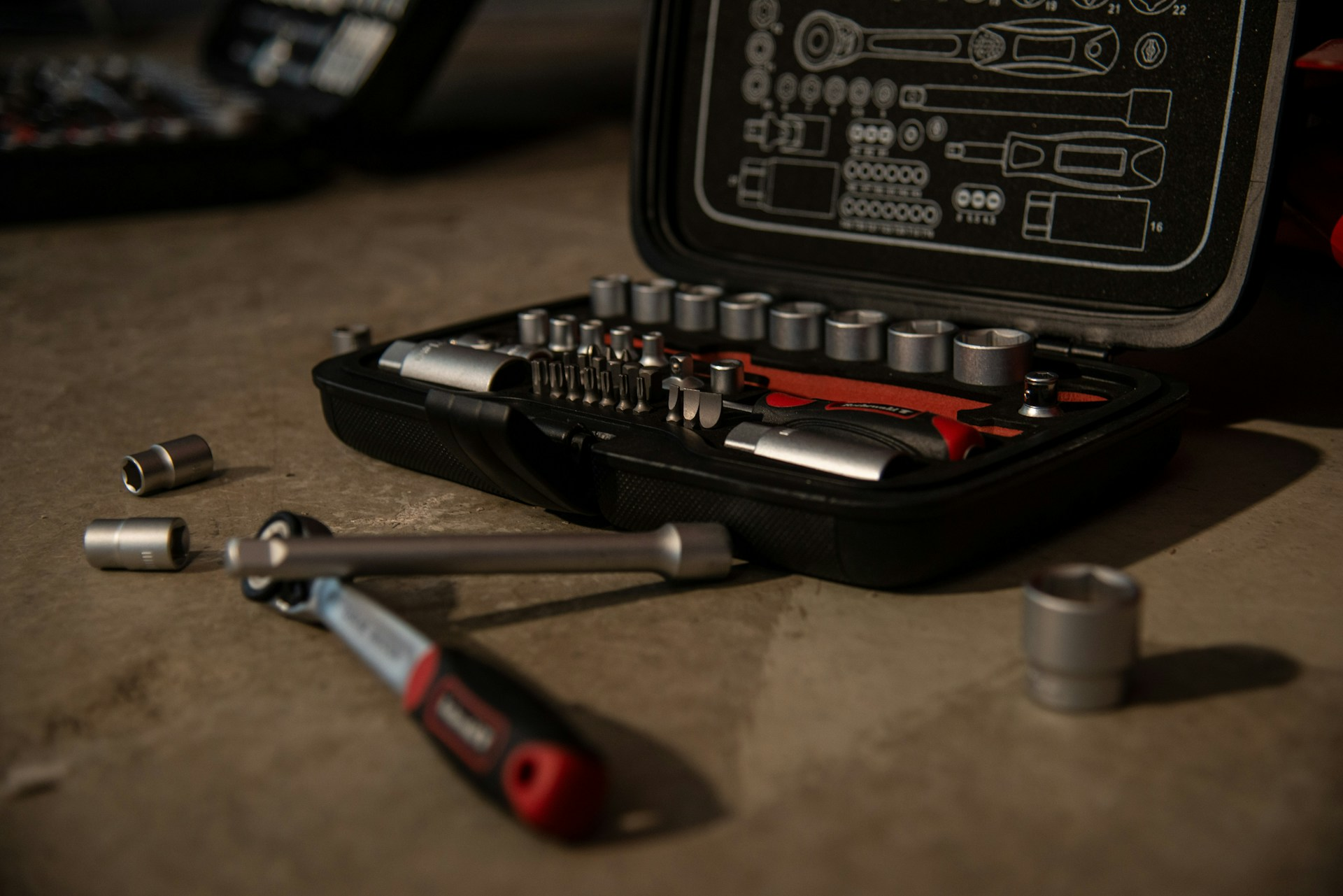Why R-32 Gas Furnaces Are Running the Game in 2025 🚀
Let’s start with the basics. Gas furnaces have long been the workhorse of American heating. But now that environmental standards are changing and energy bills keep climbing, we’re shifting gears.
Enter R-32.
This isn’t just another refrigerant. It’s a low-GWP, high-efficiency, next-gen beast that’s designed to replace outdated systems and meet 2025 EPA guidelines. According to the U.S. Environmental Protection Agency, R-32 has a global warming potential (GWP) of just 675—that’s about one-third the GWP of R-410A, which is getting phased out fast.
Why does this matter? Because it gives you:
-
✅ Lower environmental impact
-
✅ Higher heat transfer efficiency
-
✅ A refrigerant already approved in 70+ countries
-
✅ Full compliance with the new federal A2L refrigerant mandate coming into play January 1, 2025
If your gas furnace still uses an old refrigerant or isn’t paired with an updated AC coil or condenser, you’re looking at fines, inefficiency, and wasted energy.
What’s Different About R-32-Compatible Gas Furnace Systems? ⚙️🔥
Let’s clear something up—R-32 isn’t used directly inside the furnace. It’s used in the outdoor condensing unit and evaporator coil, which are part of your central HVAC system. But here’s the kicker: your gas furnace is still part of the team. And if you’re upgrading to an R-32 AC or heat pump system, that furnace better be ready to play ball.
Modern R-32-ready furnace systems are designed with:
-
High-efficiency multi-speed or variable-speed blower motors
-
Enhanced aluminum coils compatible with R-32 refrigerant
-
Fully sealed cabinets for low leakage
-
Smart board technology for diagnostics and automation
-
AHRI-certified matching with R-32 outdoor units
All of this translates to lower fuel use, smarter heating, and better humidity control year-round.
What Makes a Furnace "R-32-Ready" 🧠🔧
Here’s the dirty secret nobody tells you: You can’t just slap an R-32 condenser onto any old furnace and expect magic. Furnace systems must meet certain pairing requirements to handle the higher pressures and chemical profile of R-32.
Look for:
- AHRI-matched system: Your R-32 coil, condenser, and furnace must be listed together for efficiency and compliance.
- Approved refrigerant line sets: Copper tubing must be compatible with A2L refrigerants. ASHRAE Standard 15.2 now outlines line set and ventilation standards.
- Low-leak cabinets: Furnaces with <2% air leakage help boost SEER2 ratings.
- Flame sensor upgrades: Modern flame sensors are more compatible with smart modulating valves and high-efficiency igniters.
Bottom line: If your furnace is 10+ years old, don’t even try to retrofit it. Upgrade the whole system for maximum impact.
R-32 + 96% AFUE = Peak Performance 🔥📈
One of Jake’s favorite combos? Pairing an R-32 condenser with a 96% AFUE natural gas furnace.
Let’s break it down:
-
AFUE stands for Annual Fuel Utilization Efficiency
-
A 96% AFUE unit means only 4 cents of every fuel dollar gets wasted
-
Older furnaces? They average 80–85% efficiency tops
That 10–15% difference? It adds up fast—especially in cold climates.
And let’s not forget SEER2. With the new SEER2 rating standard from DOE, your air conditioning side is now rated for realistic, real-world performance. Pairing R-32 with a 96% furnace puts you in the elite tier for rebates and long-term ROI.
Are R-32 Gas Furnace Systems Safe? ✅🧯
Yep. R-32 is classified as an A2L refrigerant, meaning it’s mildly flammable—but before you panic, know this:
-
It ignites only under extreme, high-oxygen conditions
-
It dissipates fast in open air
-
Units using R-32 must meet UL 60335-2-40 safety standards, now enforced nationwide
And remember, R-32 is used in residential air conditioners all over Japan, Australia, and the EU—safely, for over a decade.
Need some extra reassurance? Here’s AHRI’s official R-32 safety overview.
Let’s Talk Money 💸—Is It Worth It?
If you’re planning a full HVAC system replacement, going with R-32 + a high-efficiency gas furnace is a future-proof investment.
Let’s compare annual savings:
| Furnace Efficiency | Annual Heating Cost (Nat. Gas) | Cooling Pair (SEER2) | Avg. Yearly Utility Savings |
|---|---|---|---|
| 80% AFUE | $1,200 | SEER2 13.4 | Baseline |
| 96% AFUE | $1,000 | SEER2 15.2 | ~$300 saved/year |
Pair that with IRA tax credits and utility rebates, and you could pocket:
-
Up to $600 in federal tax credit under Section 25C
-
$100–$800 in local utility rebates
-
Long-term ROI within 3–5 years
Who Should Upgrade Now? ⏰
Jake says: If any of the below sounds like you, it’s go time.
-
Your current system is 10+ years old
-
You’re switching AC units and upgrading refrigerant
-
You want to lock in 2025 compliance early
-
You care about your carbon footprint
R-32 systems are the real deal—but the longer you wait, the more expensive (and urgent) it gets.
Final Take 🔥 Jake’s Rapid Recap:
-
R-32 gas furnace systems are the new standard for eco-smart, high-performance HVAC
-
Pairing a 96% AFUE furnace with an R-32 AC is the sweet spot
-
Upgrade now to dodge fines, lower bills, and maximize tax breaks
-
Don’t DIY this—work with certified HVAC pros who follow EPA Section 608 guidelines
-
Browse AHRI-matched systems only to stay compliant and avoid regrets
👉 Ready to get serious about your upgrade? Check out The Furnace Outlet’s R-32 Gas Furnace Collection and build a system that works smarter, not harder.
🪛From my toolkit to yours — Jake🪛







